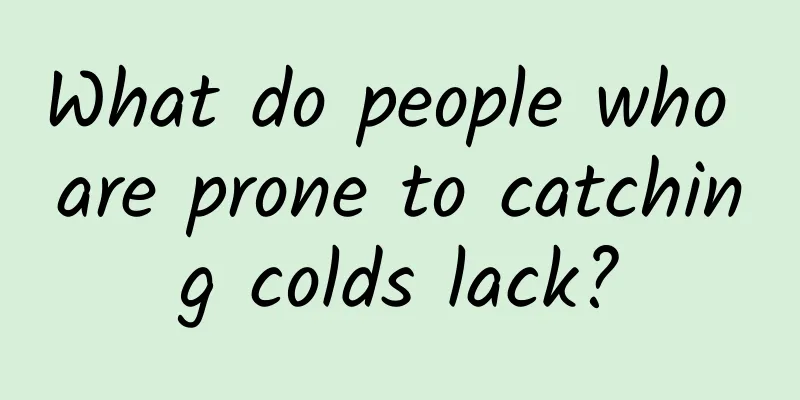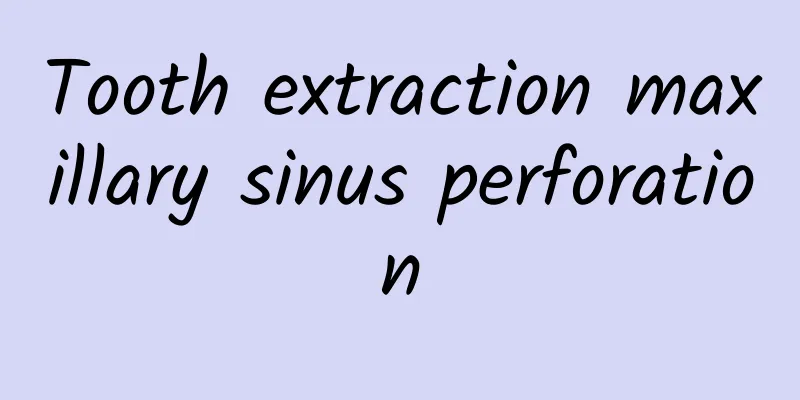Muscle twitching under the eye

|
Muscle twitching under the eye, also known as eyelid twitching, is a very common phenomenon. In many cases, this symptom will disappear on its own, but in some patients, it may take a long time to recover. In fact, eyelid twitching is a disease caused by abnormalities of the basal ganglia. Some bad lifestyles and habits can easily aggravate this symptom. So, how to treat eyelid muscle twitching? The following is some relevant knowledge for you. 1. What is eyelid twitching? Blepharospasm/twitching is an involuntary, abnormal blinking or eyelid movement that may occur every few seconds or even result in eye closure. The spasms may last from a few days to a few months, or they may appear randomly without warning and then disappear without a trace. Although not painful, it is annoying. For most people, blepharospasm eventually goes away on its own, but sometimes it can come back. 2. What are the causes of eyelid spasms/twitches? Blepharospasm/twitching is often associated with malfunction of the basal ganglia, the brain's center for muscle movement. Anyone can have blepharospasm, but the cause is often difficult to pinpoint in each individual person. Blepharospasm often occurs without warning, and sometimes the twitching will ease or even disappear completely after sleeping or distracting your attention. Factors that are associated with the occurrence of blepharospasm and can aggravate twitching are as follows: drinking, caffeine, fatigue, irritation of the eye surface or the inner surface of the eyelid, lack of sleep, physical overwork, smoking, and excessive stress. Rarely, genetic factors may also play a role in the development of blepharospasm. Eye diseases such as blepharitis, dry eyes, photophobia, or red eyes (conjunctivitis) may occur before or at the same time as blepharospasm. 3. How to treat eyelid spasm/twitch? An eye examination is recommended to investigate the cause of the blepharospasm and to exclude underlying neurologic disease. Although in most cases no cause is found, a diagnosis of benign essential blepharospasm is made. Mild blepharospasm often goes away on its own, so no treatment is needed. Reducing stress, getting more sleep, and drinking less caffeine can all help relieve eyelid twitching. There is currently no cure for blepharospasm, but there are several methods that can reduce the severity of the spasm. The most common method is to inject botulinum toxin extract into the eyelid muscle. This drug paralyzes the muscle and reduces the spasm. Therefore, drug injections often improve symptoms, but repeated injections are often needed. For more severe cases, myectomy, a surgical removal of part of the eyelid muscle and nerve, may be necessary. This procedure can improve symptoms in 75% to 85% of patients with blepharospasm. |
>>: Muscle twitching under the eyes
Recommend
What are the effects and functions of eye fire therapy?
As long as the fire therapy is done in a regular ...
Frequent urination after taking anti-inflammatory drugs
Our body is a relatively complex structure. Due t...
Which part of the waist pain is a gynecological disease
Many people will experience symptoms of low back ...
How does Traditional Chinese Medicine treat antral gastritis?
Antral gastritis is a very terrible disease. It m...
Rosacea autosensitive dermatitis
Rose-type autosensitive dermatitis is still quite...
Nanowave treatment for hair loss
Nanowave is a gimmick for treatment, claiming to ...
Why does my stool turn black after giving birth?
The mother's body is relatively weak after gi...
Why do polyps grow in the stomach?
Polyps in the stomach are gastric polyps, which r...
Summer skin pruritus
The weather in summer is hot and humid, and most ...
What causes stomachache when staying up late?
I believe that many young people who stay up late...
What does the kidney control in traditional Chinese medicine?
There are many different answers to the question ...
Easy exercises to lower blood pressure
The problem of blood pressure has always been a t...
Treatment of cervical spondylotic myelopathy
At a time when sub-health is prevalent, cervical ...
What to eat for cerebral infarction
Cerebral infarction is what we usually call strok...
What is the reason for leucorrhea with blood
There are many reasons why there is blood in leuc...









